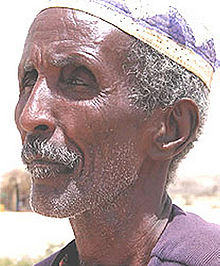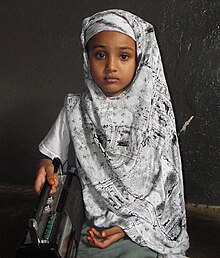Suárez
Every man is a Shepard to his people.
Is this right in the field of Somali Genetics
-50% of E1b1b1 found in Somalis from Ethiopia K5
-25% of E1b1b1 found in Somalis from Dijbouti
-100% of E1b1b1 found in Somalis from Somalia
I found this Wikipedia and I think this is a mistake because wiki make lots of mistake.
-50% of E1b1b1 found in Somalis from Ethiopia K5
-25% of E1b1b1 found in Somalis from Dijbouti
-100% of E1b1b1 found in Somalis from Somalia
I found this Wikipedia and I think this is a mistake because wiki make lots of mistake.



